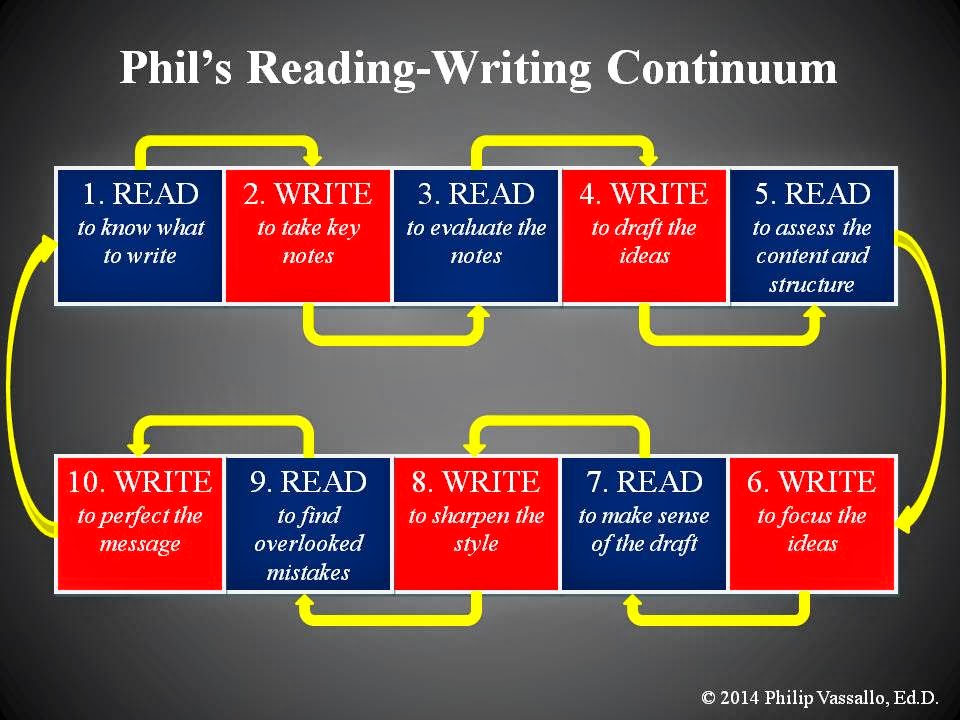
Now that we have completed Step 1, Read to Know What to Write, we may realize that we also might have completed Step 2, Write to Take Key Notes. Doing both simultaneously may result it inefficient reading, but it is a big time-saver when writing. Taking notes benefits writers because they do not have to commit voluminous content to memory.
Here are six methods I have used to take notes for my drafts:
- A highlighter. To capture important ideas, use a 3D highlighter for paper or an electronic version in your computer or smartphone.
- A notebook. The old-fashioned but equally reliable way to take notes is with pen and paper. The problem here is inefficiency, as you will need more time to write notes and be more hard pressed to find the notes you're looking for without the benefit of an built-in filing system.
- Index Cards. Noting reading points on 3" X 5" or 4" X 6" color index cards eliminates some of the inefficiencies of a notebook, because you can use different color cards for different themes (e.g., blue for history, red for problem, yellow for options, green for benefits).
- Stickies. Using 2" X 2" stickies for smaller writing assignments works well for adding and rearranging notes in the order you want to draft them,
- Voice-recognition Software. I no longer badmouth this technique, as it has improved greatly. I use it especially when I feel restricted by writing on my smartphone or when I am taking notes on the fly, such as rushing down the street. The translated text is generally at least 90 percent accurate, and it works faster than I can type.
- Tape Recorder. I know what you're thinking: this is not writing. Nevertheless, this method works when reflecting on your reading while driving.
